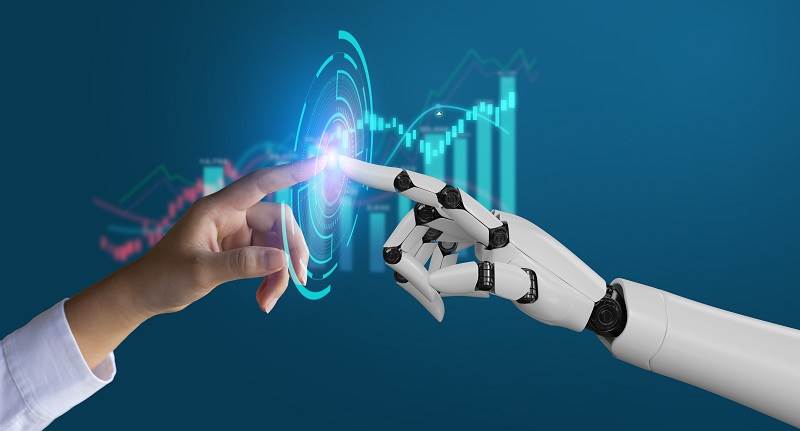
There is no question that the coronavirus disease 2019 (COVID-19) pandemic has wreaked havoc on the U.S. labor market.
Multiple waves of COVID, along with the efforts to limit spread and offset its economic impacts, have led to dramatic ups and downs in the economy. With a 10.0 percent unemployment rate in October 2009, shortly after the Recession of 2007–09, the rate fell steadily, reaching 3.5 percent just before the beginning of the pandemic. The unemployment rate then more than quadrupled, reaching 14.7 percent in April 2020.
Since then, however, the unemployment rate has fallen steadily, standing at 4.0 percent in January 2023. In addition to these dynamics, a little over a year after the COVID-19 pandemic began, economists and other observers took note of a rising job ‘quit rate.’ This rise in the quit rate came to be known as the “Great Resignation,” with many articles speculating about why individuals have become more willing to leave their current employers.
Nowhere is this more evident than in the healthcare industry, where a 2022 report published by Elsevier Health found that 47 percent of healthcare workers in the U.S. are looking to leave their jobs over the next three years.
In the midst of all these changing dynamics, Human Resource departments, like many organizations, are experiencing massive disruptions – brought to bear by a dramatic increase in mobile and social technologies and personalization, exacerbated by the pandemic and ‘the Great Resignation,’ and the resulting impacts to business models across all industries.
Fortunately, just as these disruptions are reaching a peak, AI and automation are becoming accessible to and leveraged by HR professionals. Until recently, the primary benefit of technology has been to streamline internal processes to do things more quickly and more cost effectively.
But now, by using AI, companies can recruit individuals who are a better fit for specific roles through skill matching, forecasting the odds of future success, and estimating the time needed to recruit for a specific job. This is just one example of ways in which AI can enable HR to solve critical business challenges, building on earlier contributions from workforce analytics.
Where previous HR initiatives led to incremental change, AI offers the opportunity for exponential performance improvements, through:
- Better understanding in-house talent issues such as knowing what specific skills are held by employees
- Preventing unwanted turnover
- Matching employees and external candidates with career opportunities
- Supporting managers with better salary investment guidance
- Eliminating manual tasks in benefits administration and payroll through robotic process automation (RPA)
- Creating a platform for employees to learn new skills remotely
AI can be leveraged to build new strategies and models transforming how HR contributes to competitive advantage.
If you are interested in learning more about how LRS can help you leverage AI in Human Resources, please contact us to request a meeting.
About the author
Larry Gant is the Director of Software Sales with LRS IT Solutions. He has over 30 years experience in Information Technology and software solutions, with a focus on automation, analytics, and security.